China is importing more US-built cars
Updated: 2014-01-09 04:19
By JACK FREIFELDER in New York (China Daily USA)
|
||||||||
China is importing more US cars, and it is due to additional production by US carmakers and increased interest from Chinese consumers, according to an automotive analyst.
"The availability of information has changed the appetite of the consumer," said Matthew Stover — a Boston-based analyst with Guggenheim Partners LLC, a global financial-services firm. "As the Chinese market matures and there's demand for different types of vehicles, then Chinese consumers can look on the Internet to have an understanding of what's available in Europe and North America."
According to the latest information from the US Department of Commerce, 1.9 million vehicles were exported from the US in 2012. China was among the top five markets for light vehicles made in the US, a list that also includes Canada, Mexico, Germany and Saudi Arabia.
The Detroit Three — Ford Motor Co (Ford), General Motors Co (GM) and Chrysler Group LLC — accounted for more than half of those in 2012.
Due to Chinese government regulations, foreign manufacturers producing vehicles in China must do so as a joint venture with a Chinese company. However, only a limited number of partnerships are permitted.
GM has partnered with the Shanghai Automotive Industry Corp (SAIC) to become one of the leading foreign car manufacturers in China.
Stover adds that partnerships and attempts to transfer technological advances could help bring competitive products to China.
"The local market is only so capable of satisfying demand, so importing becomes the logical option," Stover said.
Nearly half of US-based car exports go to neighboring countries in North America. As a result, Canada and Mexico still pace the top five in terms of sheer volume, but China has shown continued growth in recent years.
According to data from the US Department of Commerce, China's imports of US cars over the last four years have jumped from 28,754 units in 2009 to 166,540 vehicles in 2012. China occupied a relatively pedestrian 2.7 percent of the total US automotive export market in 2009, but that figure has increased more than threefold since, to 8.6 percent of the total market in 2012.
According to a July 2013 report from the International Trade Administration, motor vehicle exports to China were less than 1,000 units as recently as 2003.
Charlie Welsh, editor-in-chief of XportReporter, an online business-information journal that covers the export market, said that the growth in the US auto industry is an offshoot of advances in production technology.
"When you look at the US exports and the National Export Initiative (NEI) under President Obama, this is an interesting development because it's not what I would have expected to see in terms of exports really taking off," Welsh said Monday in an interview with China Daily. "You can't ignore the developments on the production side that have enabled this to happen. America is associated with advanced technology, and in my mind the US is the only place when it comes to new technologies or additives for manufacturing."
During the 2010 State of the Union address, US President Barack Obama announced the implementation of the NEI — including a goal to double US exports by the end of 2014.
In 2009, 1,065,518 vehicles were exported from the US — the year before the NEI was launched. Exports grew to 1,927,352 units in 2012, an uptick of just over 80 percent in three years' time. Thanks in part to increased trade with China; the US auto industry is well on its way to meeting the NEI goal.
Ford's operations in the Asia-Pacific region have been bolstered by the company's sizeable investments in China. With four major facilities in China set to begin production in 2014 and 2015, Stover, the analyst who covers Ford for Guggenheim, points to 2015 as a year that Ford could begin to see benefits from its new business in China.
"Right now you have the organic growth of the Chinese, Thai and Indonesian business offset against the negatives of the Australian market," Stover said. "In 2015, the Chinese facilities that they've launched will be more mature so they'll be more significant contributors to profit."
jackfreifelder@chinadailyusa.com

 Cristiano Ronaldo wins FIFA best player award
Cristiano Ronaldo wins FIFA best player award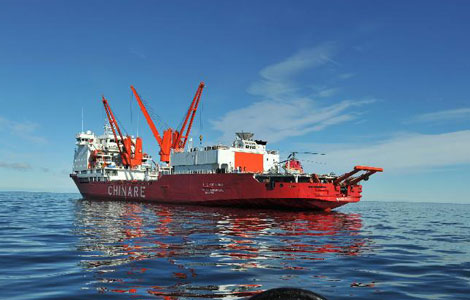
 Xuelong carries on mission after breaking from floes
Xuelong carries on mission after breaking from floes
 Beijing and Sofia vow new initiatives
Beijing and Sofia vow new initiatives
 71st Golden Globe Awards
71st Golden Globe Awards
 Bangkok unrest hurts major projects and tourism industry
Bangkok unrest hurts major projects and tourism industry
 No pant for cold subway ride
No pant for cold subway ride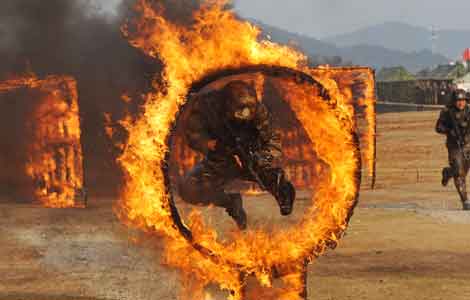
 Tough army training turns boys into men
Tough army training turns boys into men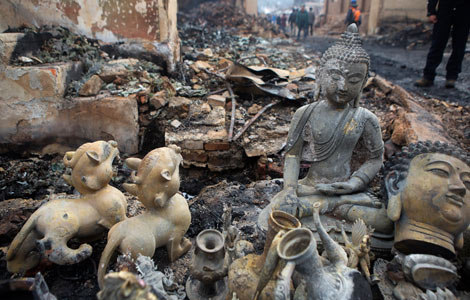
 Blaze prompts concern for ancient buildings
Blaze prompts concern for ancient buildings
Most Viewed
Editor's Picks

|
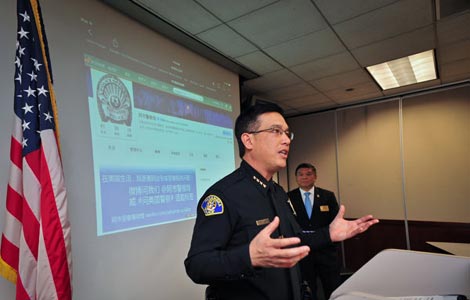
|

|
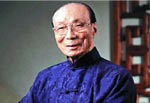
|

|

|
Today's Top News
Jackson's family bid for new trial denied
Newspapers must change or die
Abe’s brother to explain shrine visit to US
Protests cannot end Thai deadlock: observers
Mercy killing still a hot button issue
China builds army 'with peace in mind'
UN plea made on war victims
Li: China's tech innovation a priority
US Weekly

|

|







